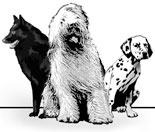Puppies!
Part 2 -- CONGRATULATIONS ON YOUR NEW PUPPY!
|
||||||||||||||||
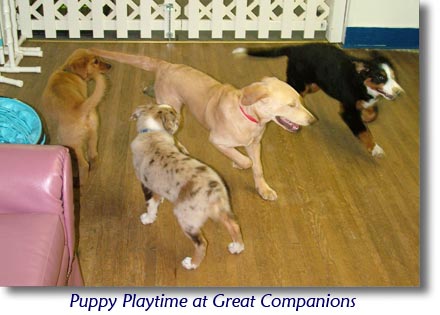 |
||||||||||||||||
| Continued from Previous Page |
||||||||||||||||
| Teach your puppy that people and hands near his food bowl are wonderful things. Start his meal with an empty food bowl. Then place a handful of his food in there. While he's eating that, add another handful. Continue this until his meal is finished. Do this often, but don't do this with small children around at first. |
||||||||||||||||
|
Try as hard as you can to ignore the stuff your puppy does that you don't like, and pay attention to the stuff he's doing that you like. Your puppy's brain hasn't even finished developing yet, and he has no idea what your rules are! Take the time to praise him when he's doing something nice, like laying quietly on the floor. If he puts his mouth on your skin or clothing, replace it with a toy. If he hurts you with his teeth or claws, get up and walk away. Close the door behind you if necessary. Wait a few seconds (dog's attention spans are only about three seconds!) and then come back to him and find something to praise. In this way, you are showing him that you are a very good source of great things (petting, play, food) |
||||||||||||||||
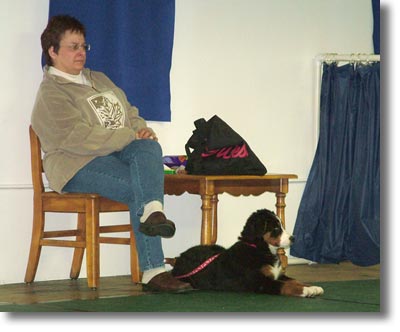 |
||||||||||||||||
|
Puppies and dogs do not understand English, or any other verbal language, for that matter! They are, however, absolute masters at body language, and can read us like books! Talking to your dog to try to get him to do (or not do) something has very little effect on the puppy, other than perhaps giving him more opportunity to learn to read your facial expressions. Talking to your puppy when he's ignoring you, however, can teach him to ignore you and your voice, and we don't want him to learn either of them! Reprimands can have a less-than-beneficial effect on the puppy if he truly doesn't understand what you WANT and what you DON'T want. The best way to learn how to effectively communicate with your puppy is to learn through a class. |
||||||||||||||||
| Puppies need to be socialized to everything in their environment. This includes people of all ages, sizes, shapes and colors, as well as the car, cats, cows, horses, rain, grass, noises, and especially OTHER DOGS! And they need to experience all of these things many times, and in a positive, nonthreatening manner. It is best to show the puppy new things and give him small treats at the same time. If he is scared, avoid coddling him, as you will be inadvertently rewarding his fearful behavior. Instead, remove him from the frightening situation or give him more distance from it, and try again. This process is best achieved when puppy is less than 4 months of age. Puppies can learn about new things after that age, of course, but the older they get, the more difficult it can be for some dogs to accept new things into their lives. |
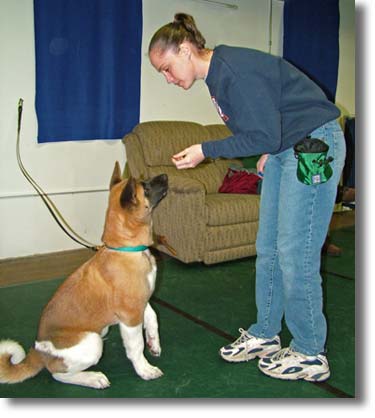 |
|||||||||||||||
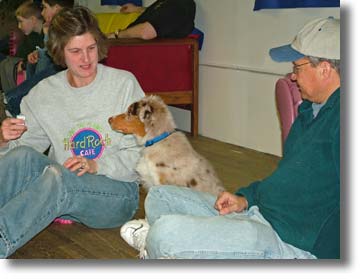 |
Puppy class is the place where they complete their learning about how to play with other puppies. They learn how hard to bite without causing trouble, they learn the body language that tells other dogs and other people that they are being nonconfrontational, and they learn that there is such a thing as a puppy who doesn't look JUST like his littermates! It is not enough to let your puppy have a peek at another dog through the neighbor's fence. Puppies need to have unfettered play in order to reap the benefits of socialization. And that means no leashes, either! By bringing your puppy to puppy class, you will help your puppy to learn (and YOU will learn) how to do all of this in a structured, safe manner. |
|||||||||||||||
Learn about Spaying
|
||||||||||||||||
